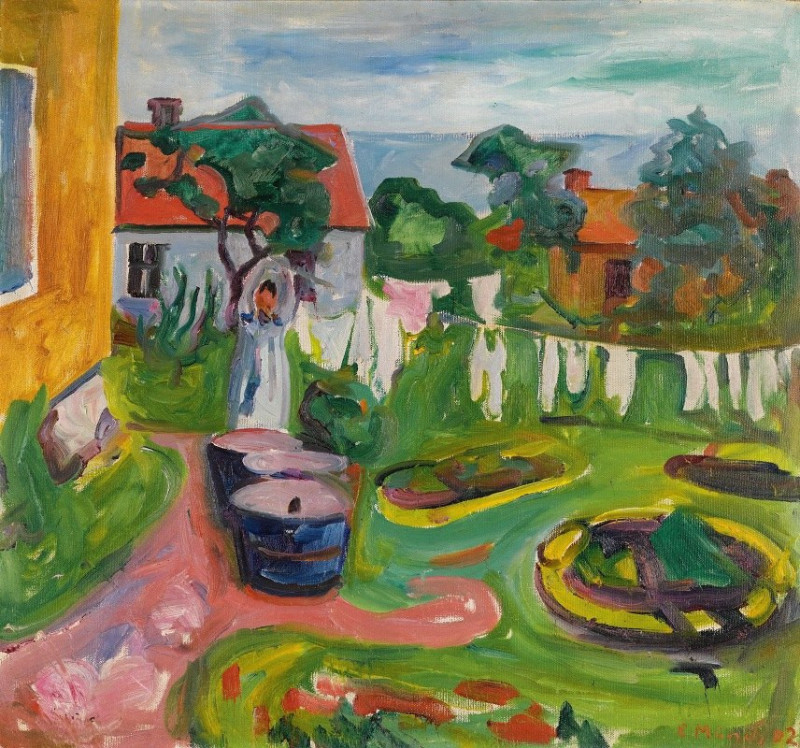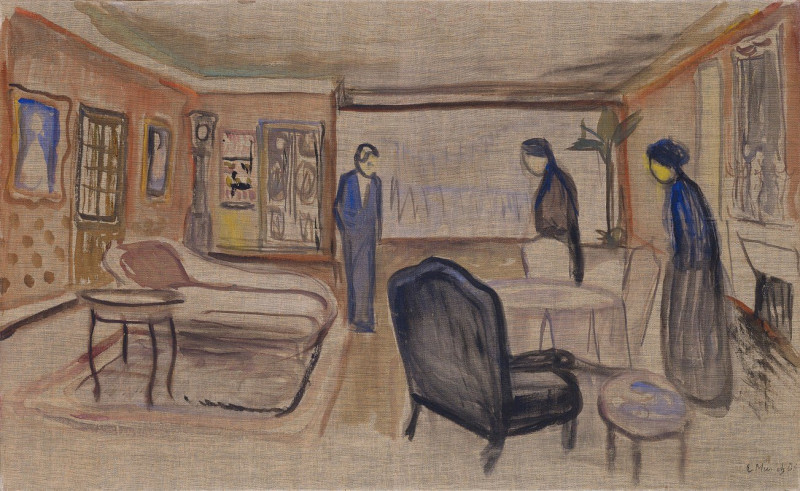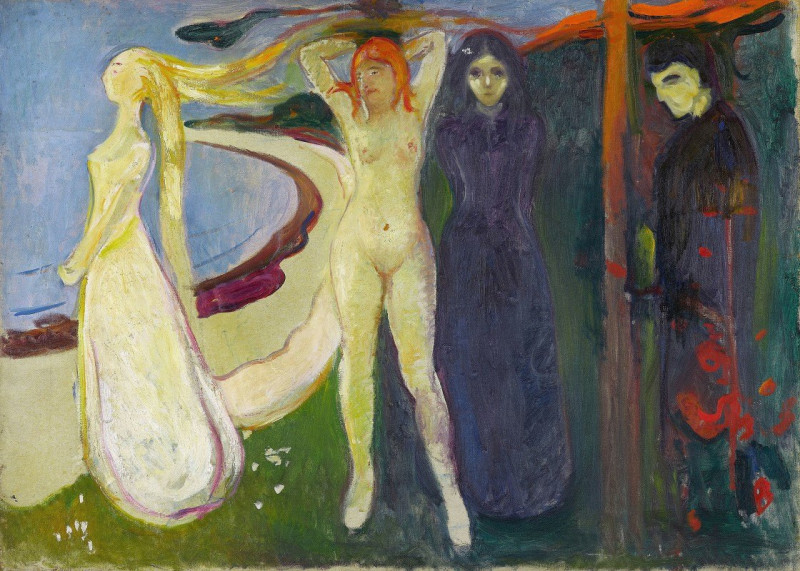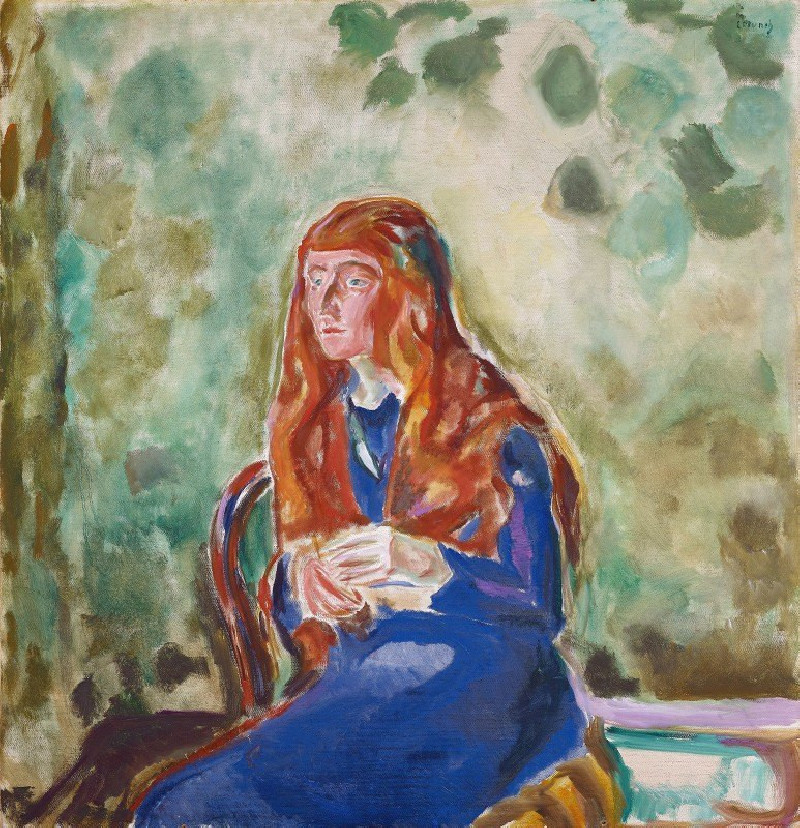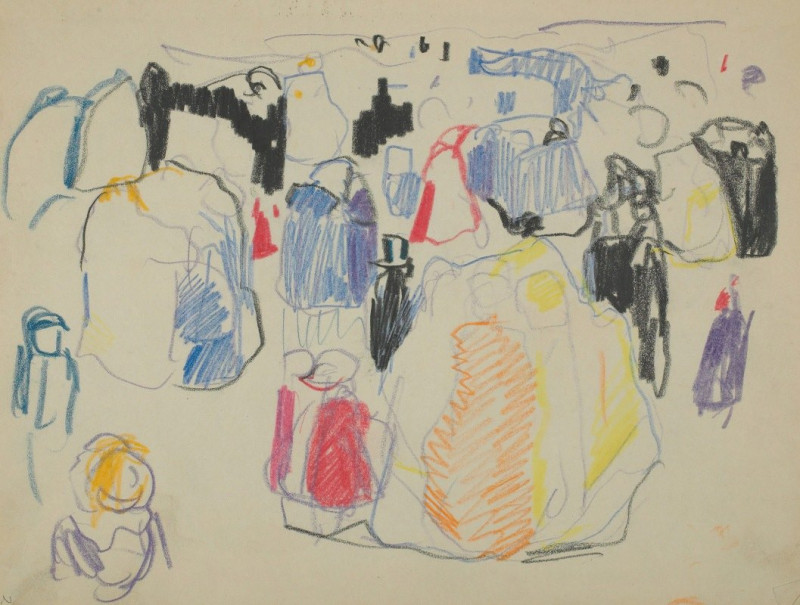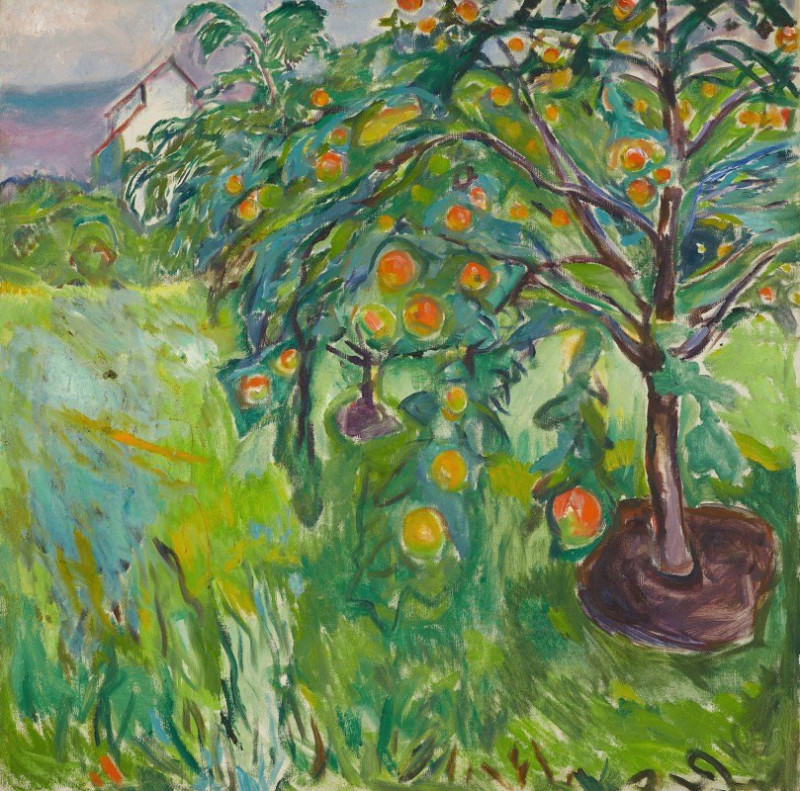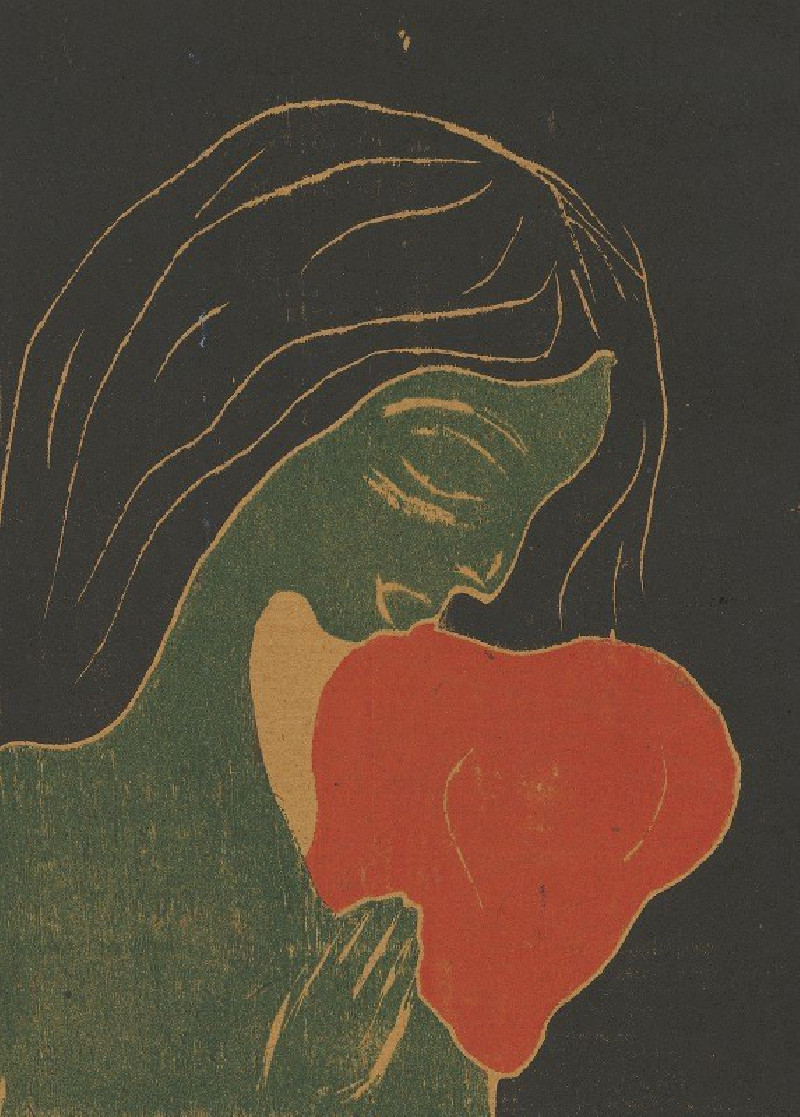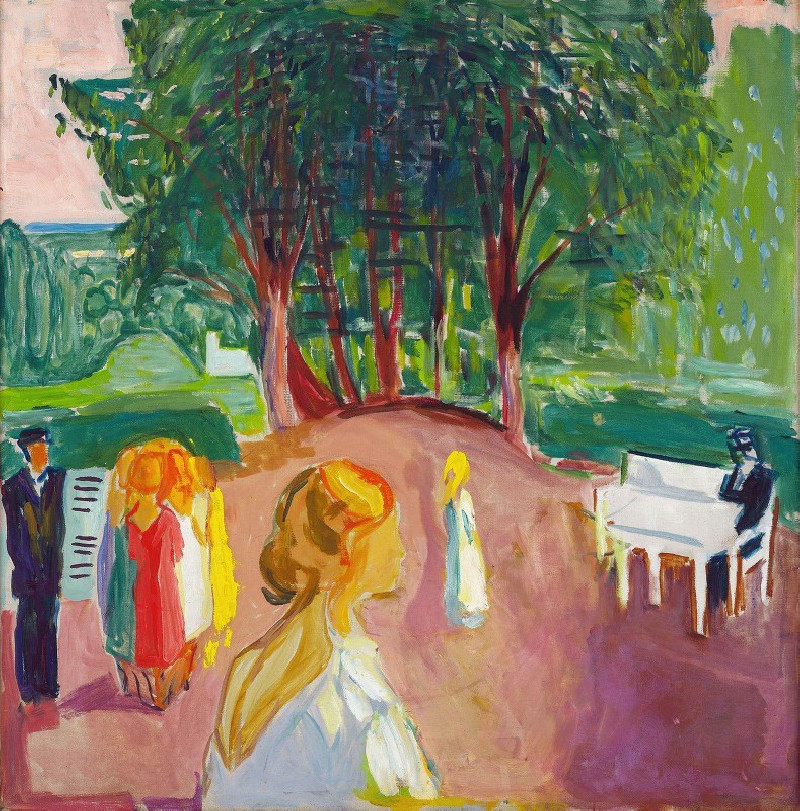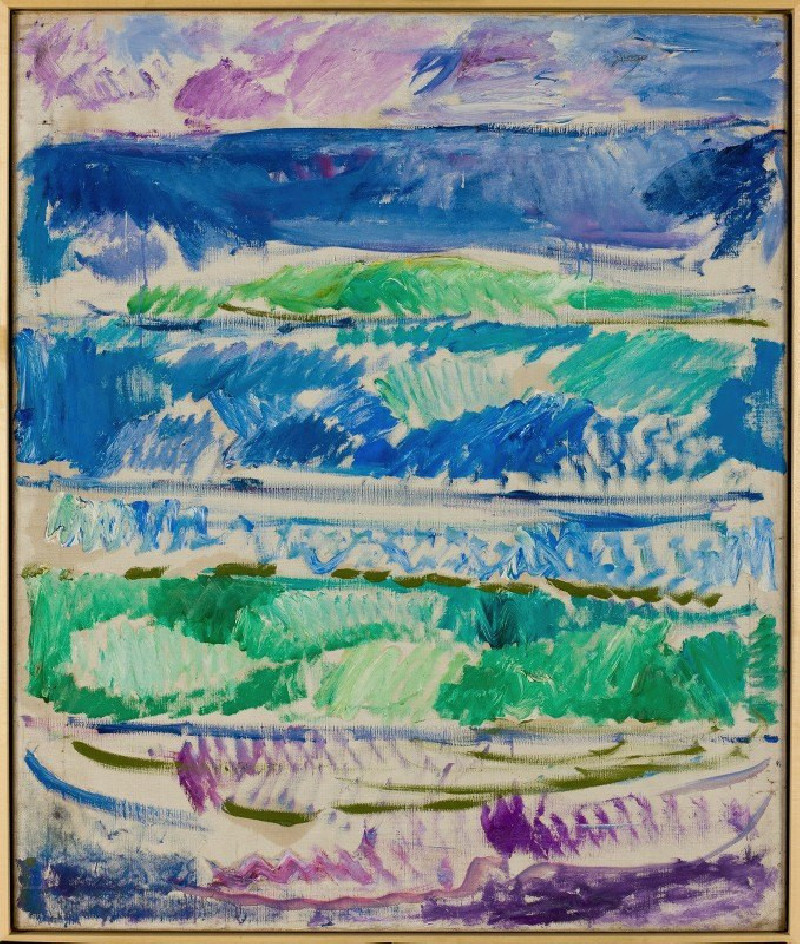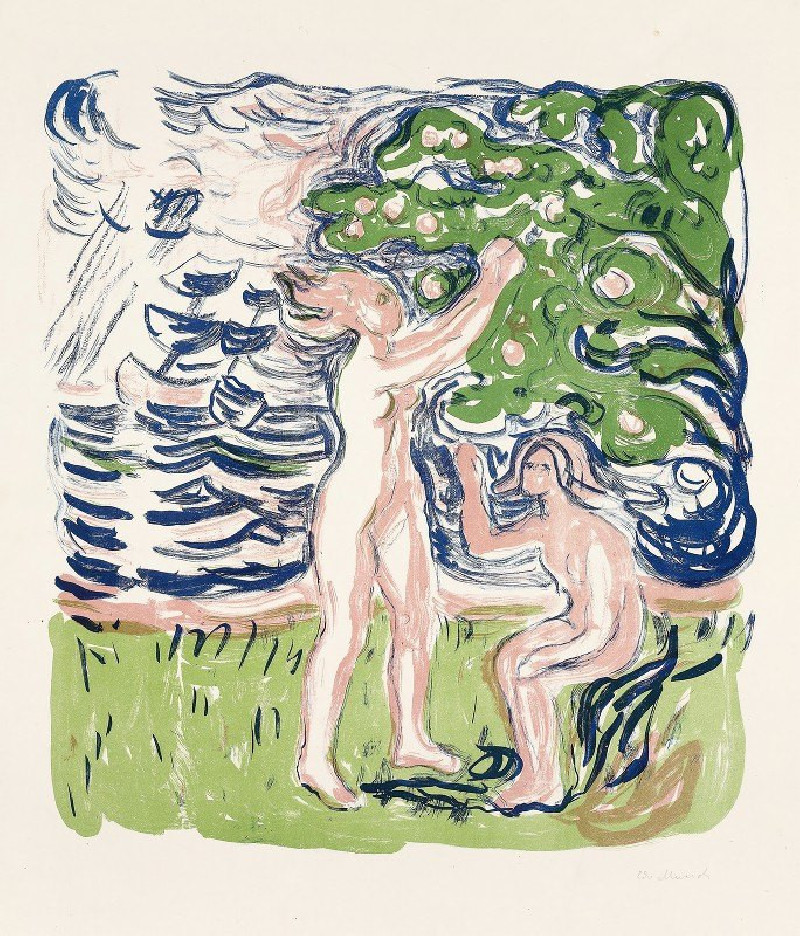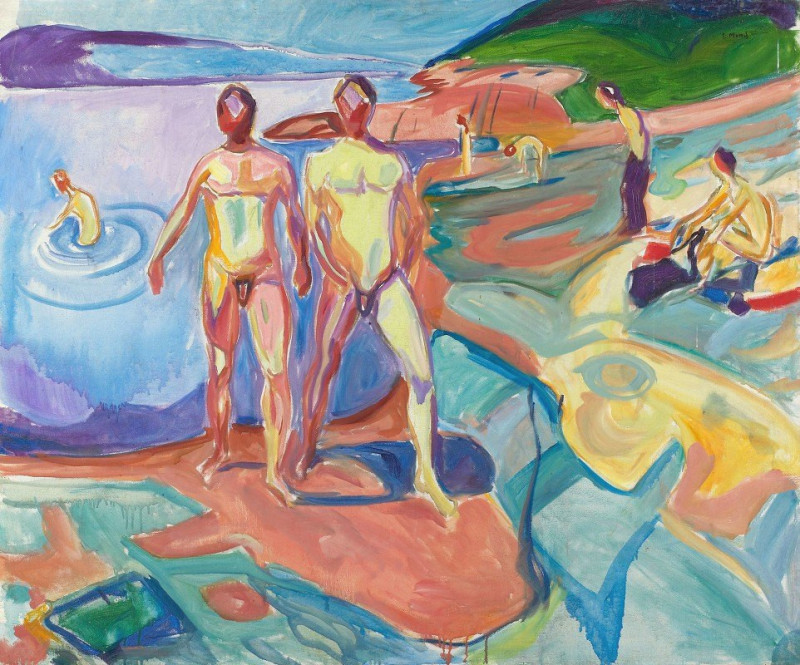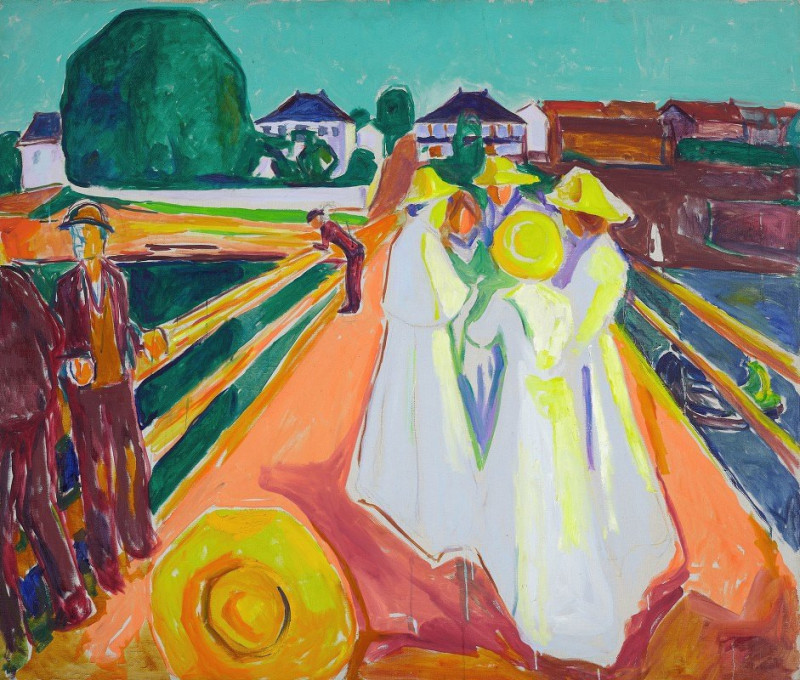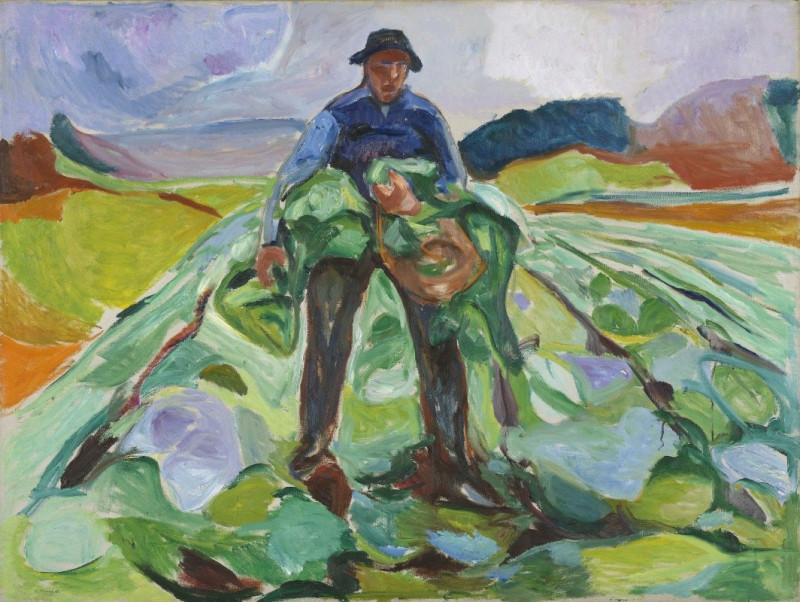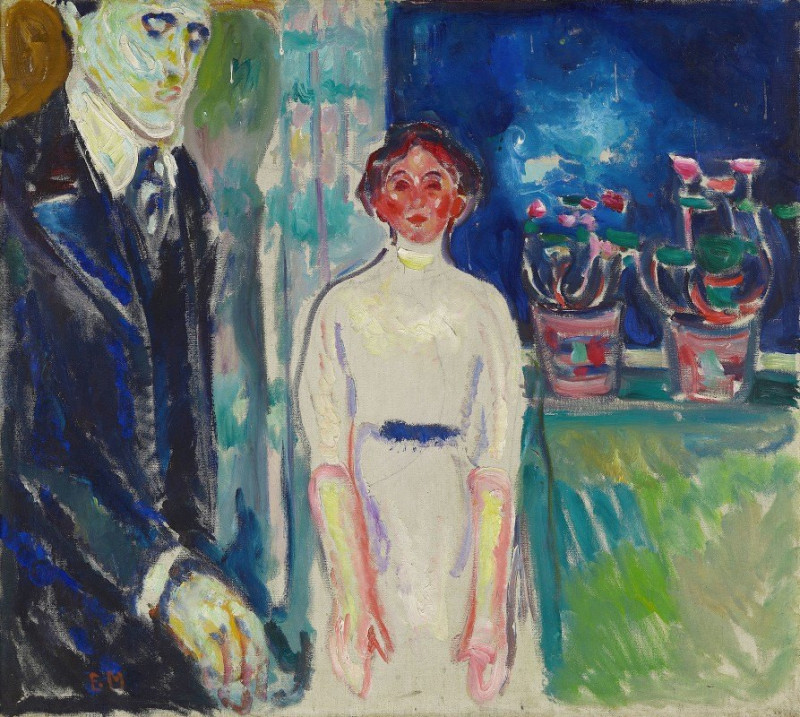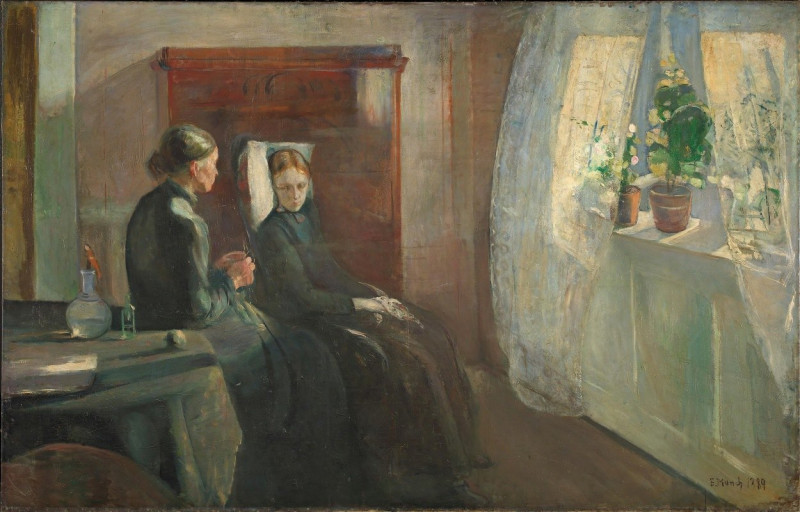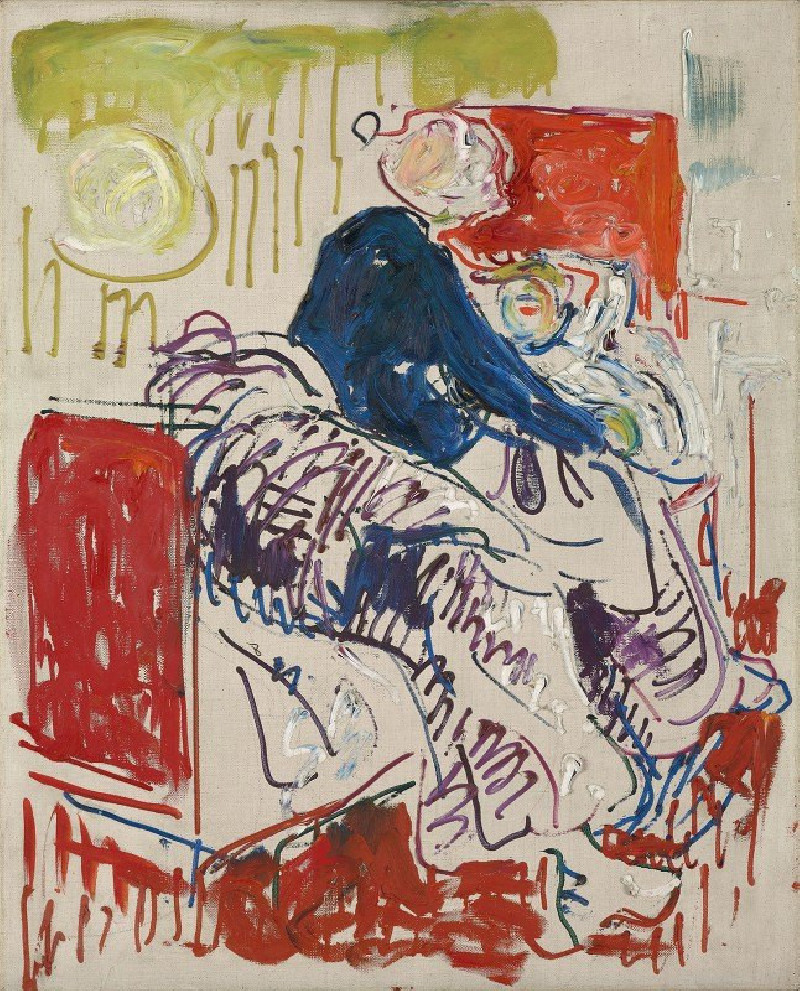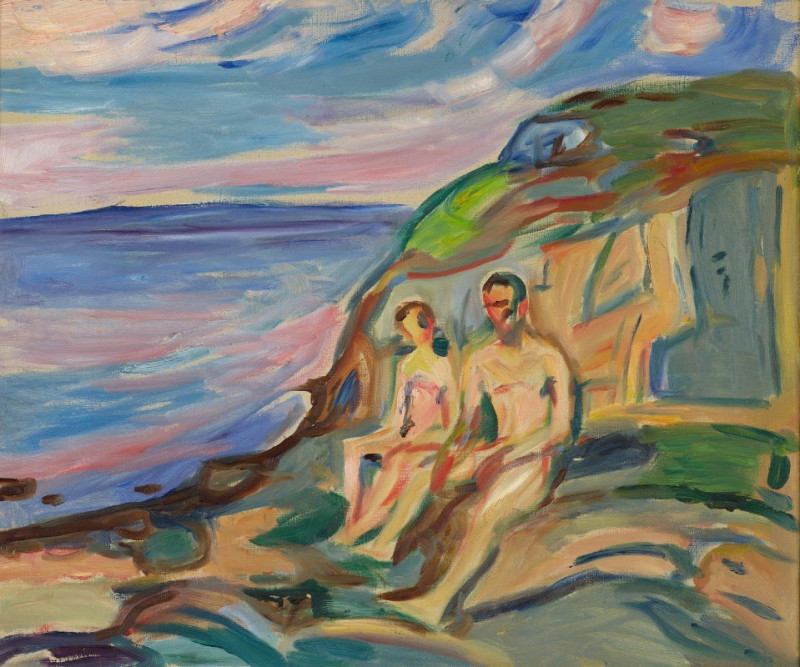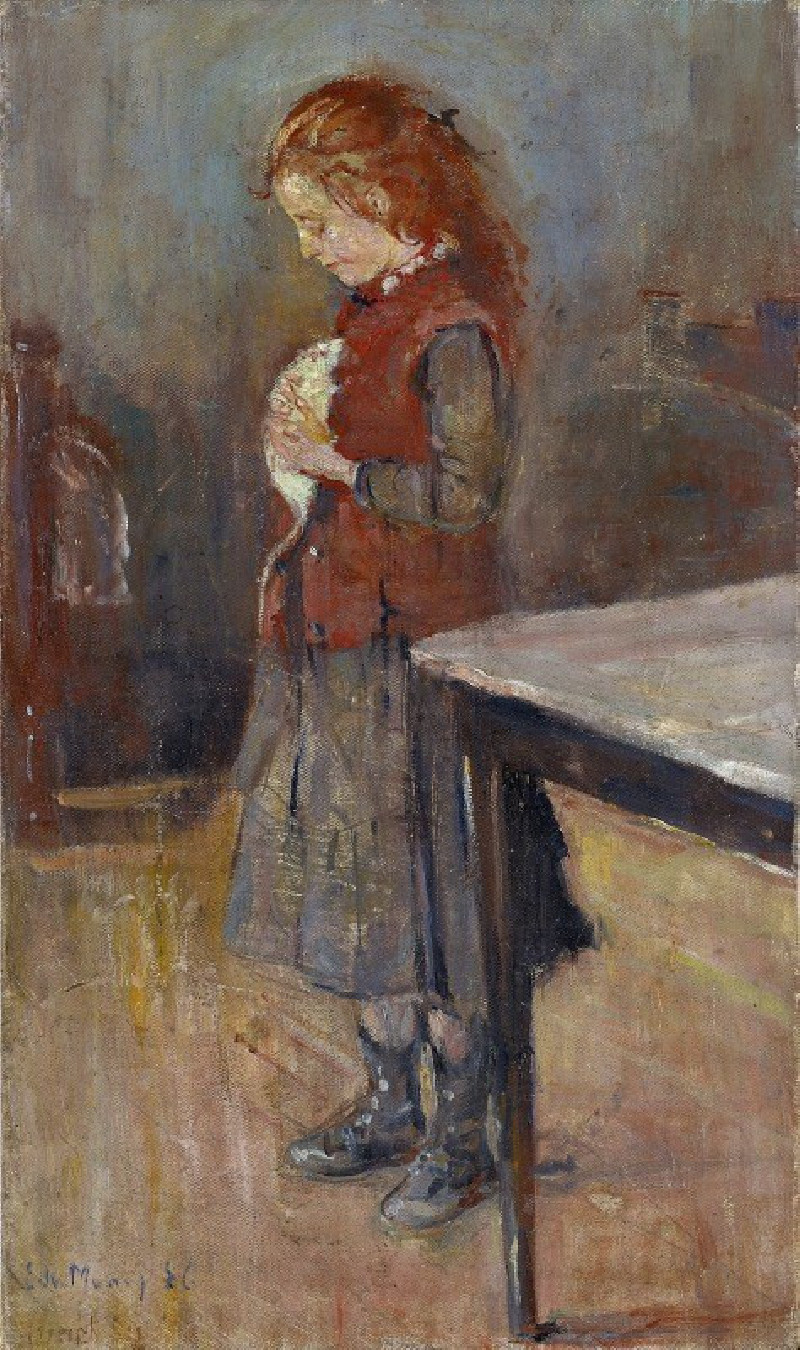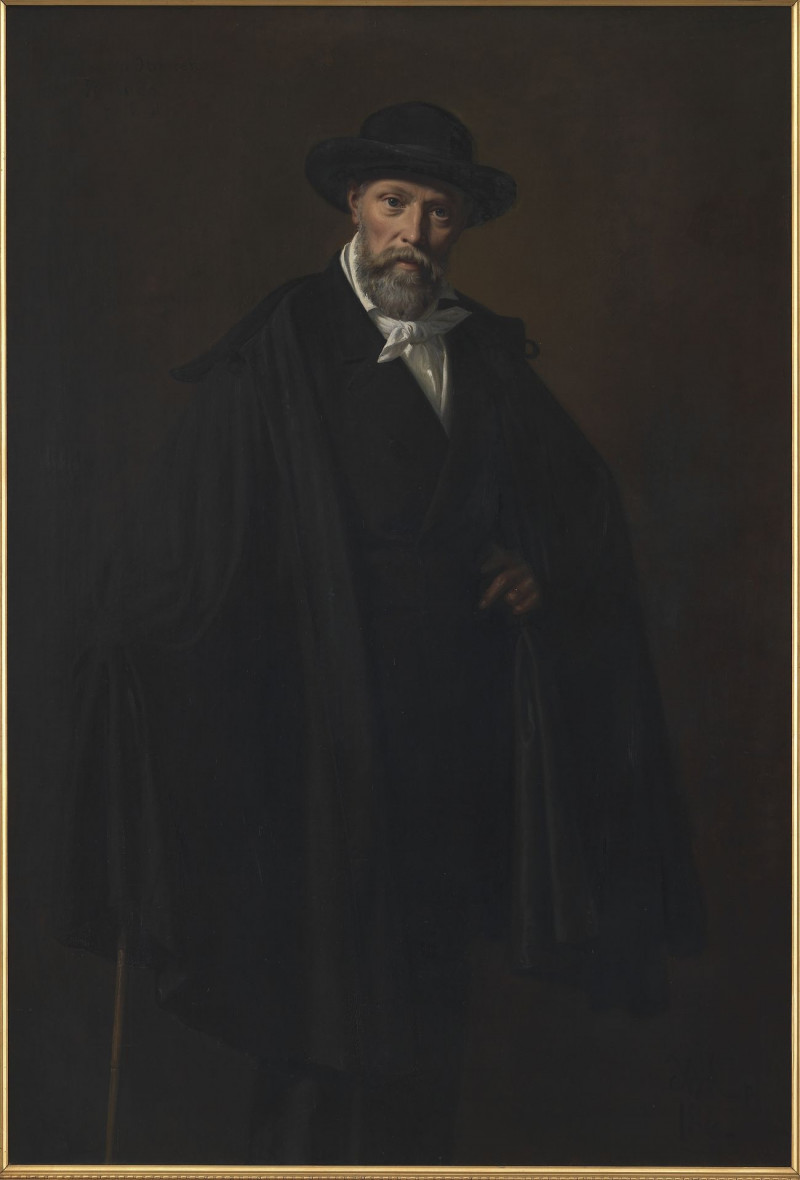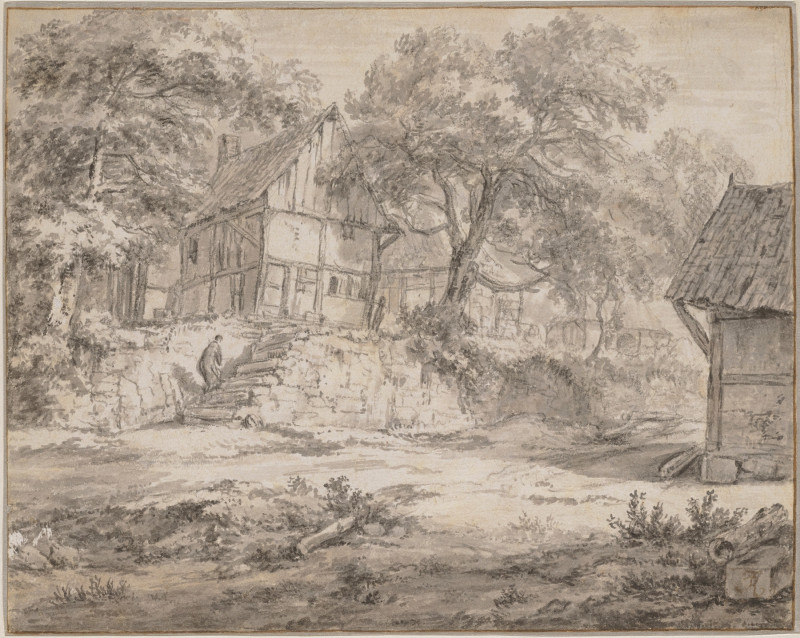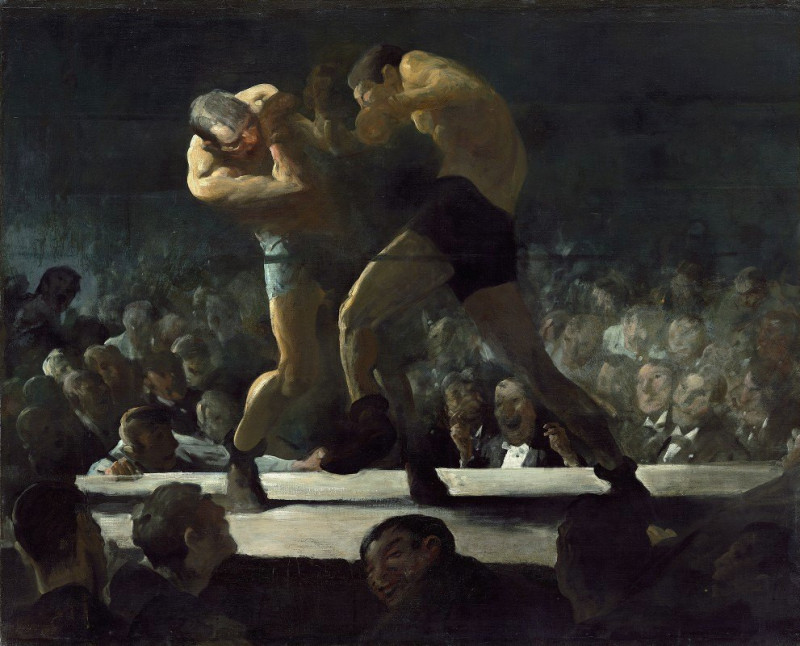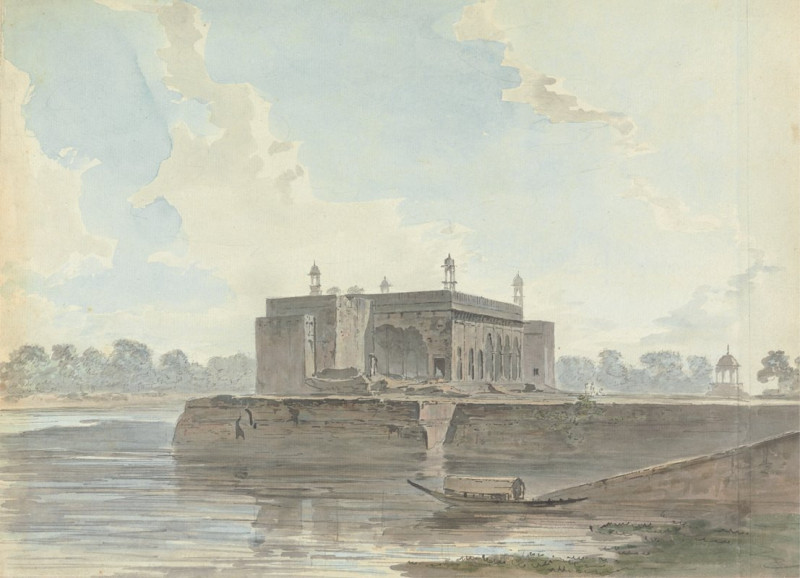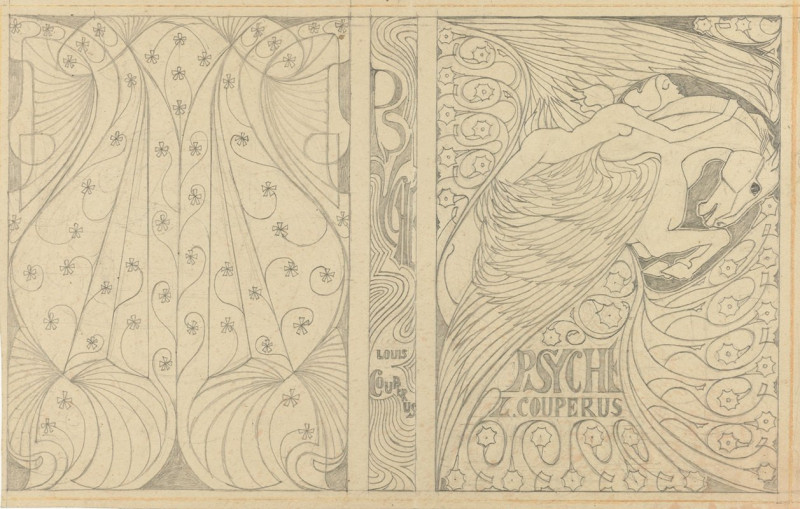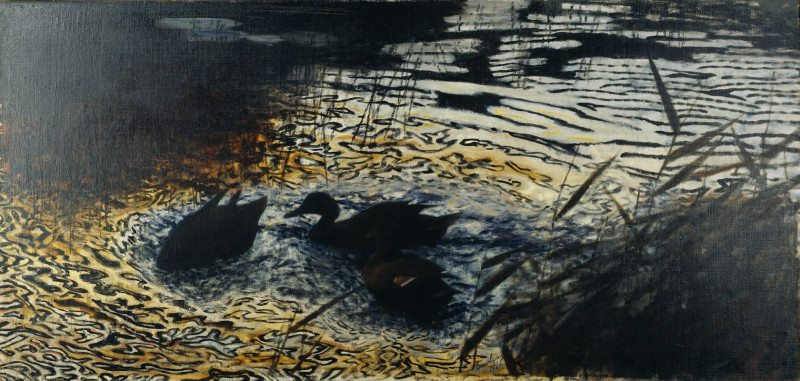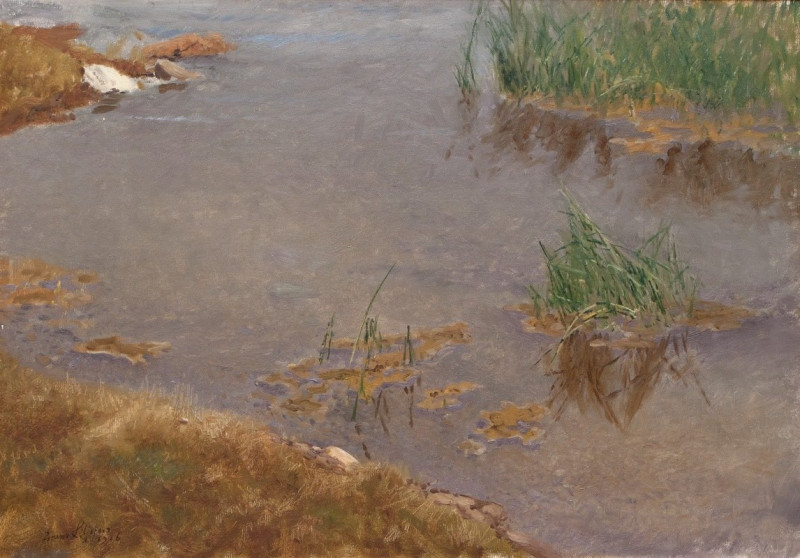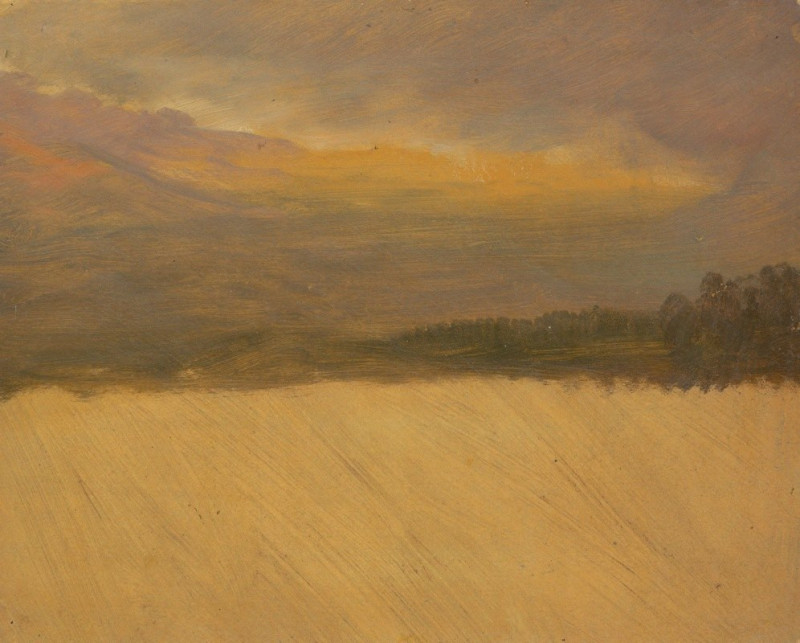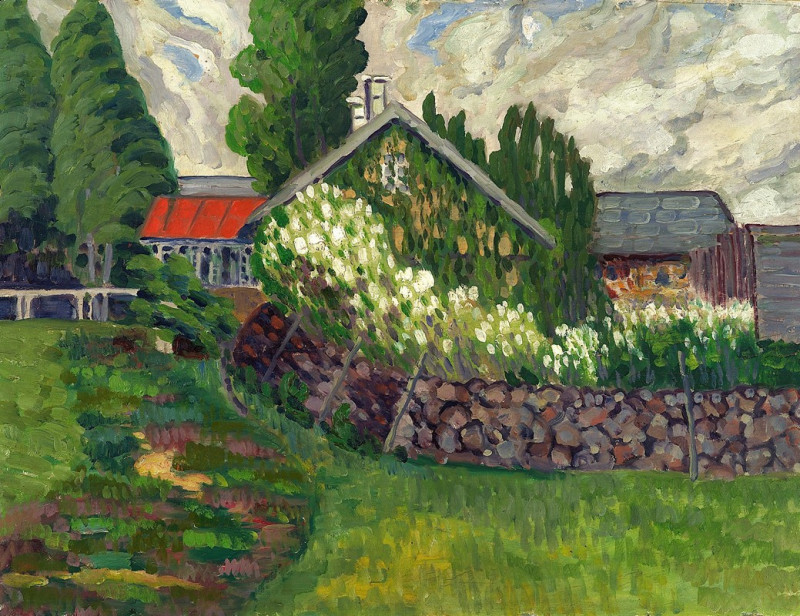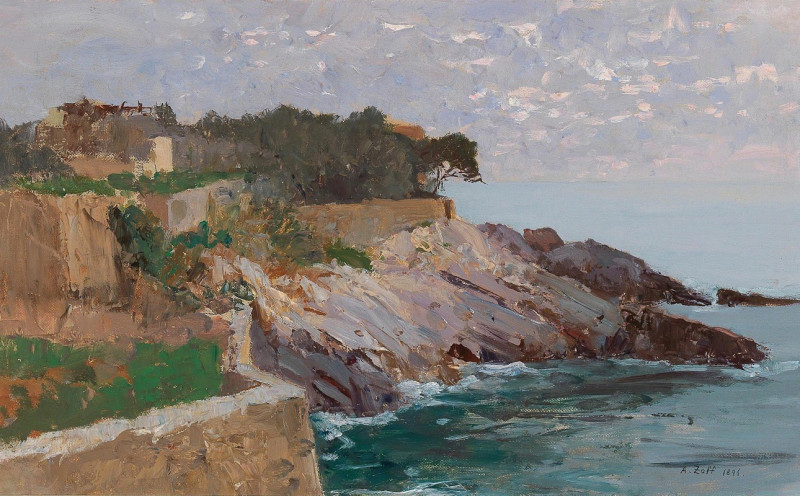Männer am Meer (1908)
Technique: Giclée quality print
Recommended by our customers
More about this artwork
This painting by Edvard Munch, titled "Männer am Meer" (Men at the Sea) from 1908, vividly captures three male figures against the backdrop of a turbulent sea. The painting is infused with a strong expressionist style, characterized by vigorous brush strokes and a bold palette that emphasizes blues, greens, and the flesh tones of the men.In the foreground, two nude men are depicted standing face-forward. Their poses and expressions suggest a direct and unguarded engagement with both the viewer and the natural environment. Their bodies are rendered in a somewhat abstract manner, with elongated limbs and striking, almost sculptural musculature highlighted through the use of bright, contrasting colors. This attention to physical form and the striking detail in their musculature may reflect themes of human strength, vulnerability, and the natural state.On the right side of the canvas, slightly apart from the other two, a third man is depicted in a dynamic pose, with limbs outstretched, possibly in the act of throwing something into the sea or embracing the wind. This figure, also nude and depicted with similar stylistic features, adds a sense of movement and liveliness to the composition, contrasting with the more static poses of the other two figures.The background features the sea rendered in swirling tones of blue and green, suggesting the churning movement of water.
Delivery
Returns
Edvard Munch (12 December 1863 – 23 January 1944) was a Norwegian painter. His best known work, The Scream (1893), has become one of Western art's most iconic images.
His childhood was overshadowed by illness, bereavement and the dread of inheriting a mental condition that ran in the family. Studying at the Royal School of Art and Design in Kristiania (today's Oslo), Munch began to live a bohemian life under the influence of the nihilist Hans Jæger, who urged him to paint his own emotional and psychological state ('soul painting'); from this emerged his distinctive style.



